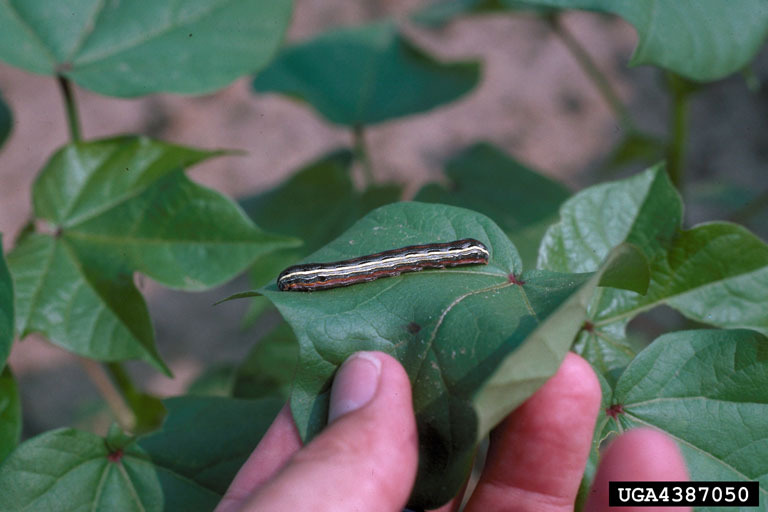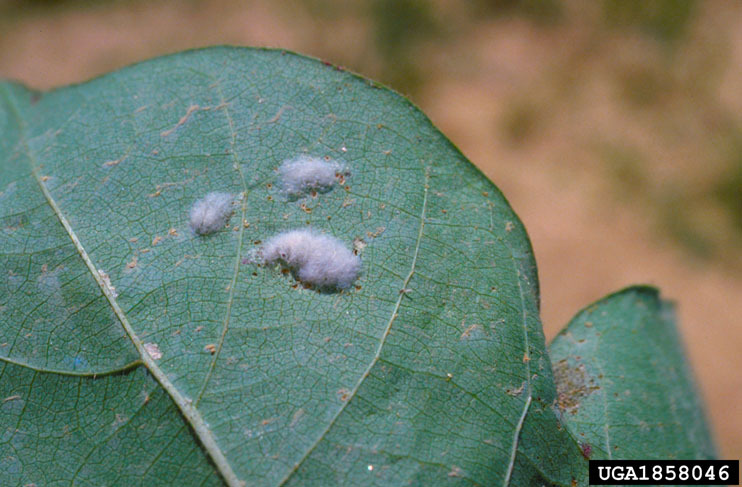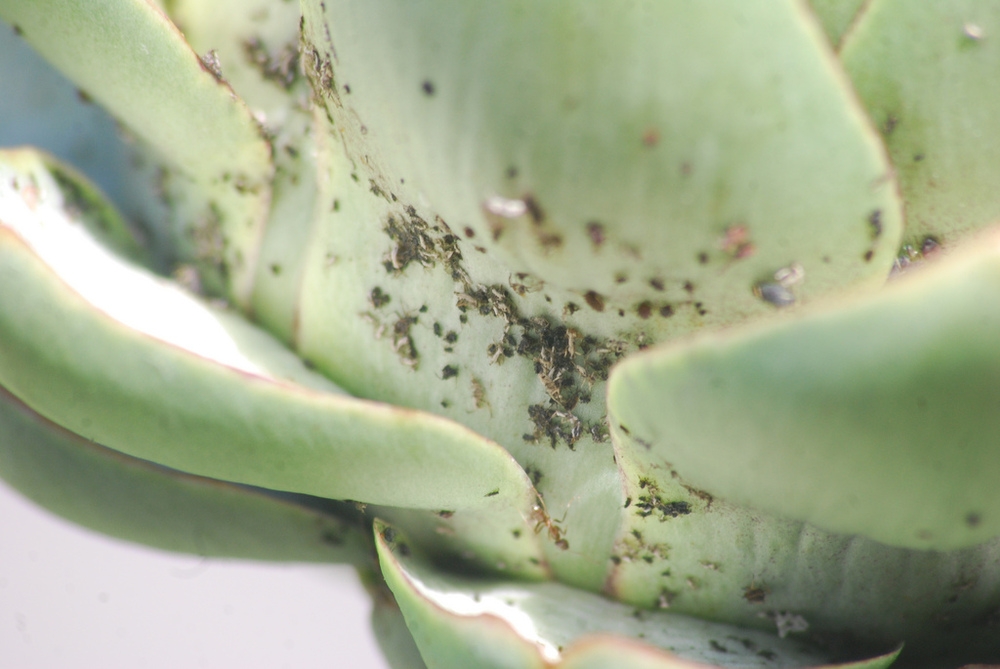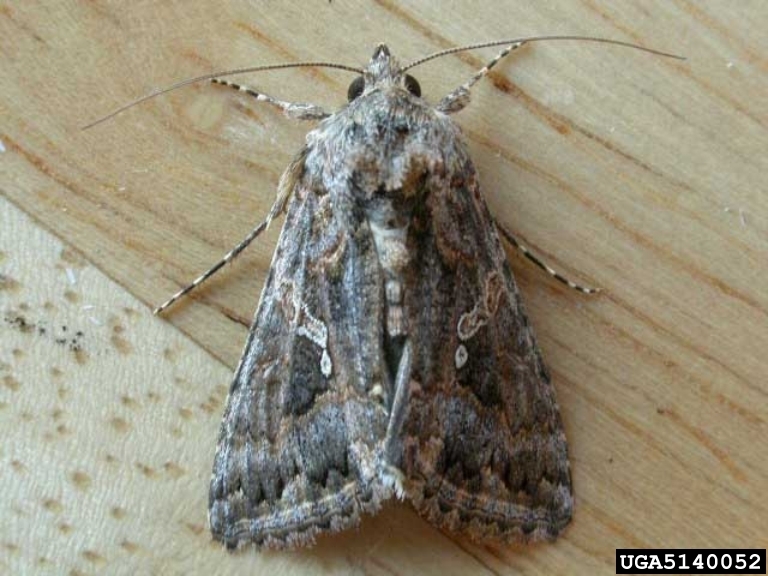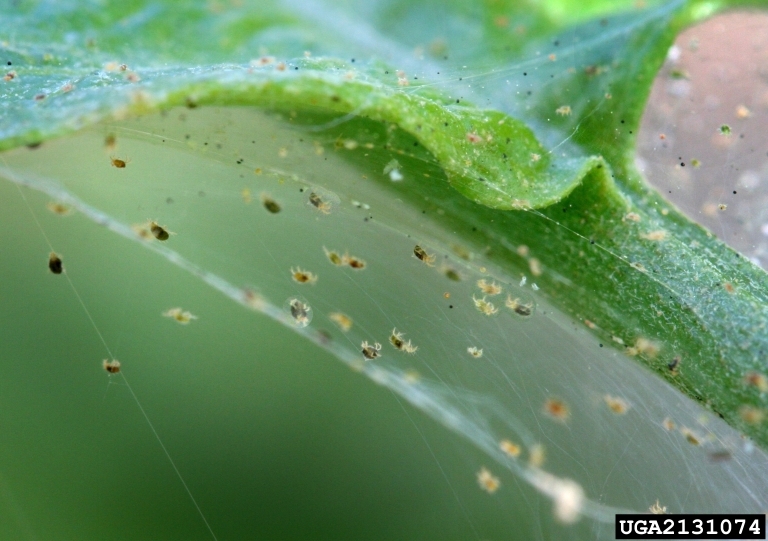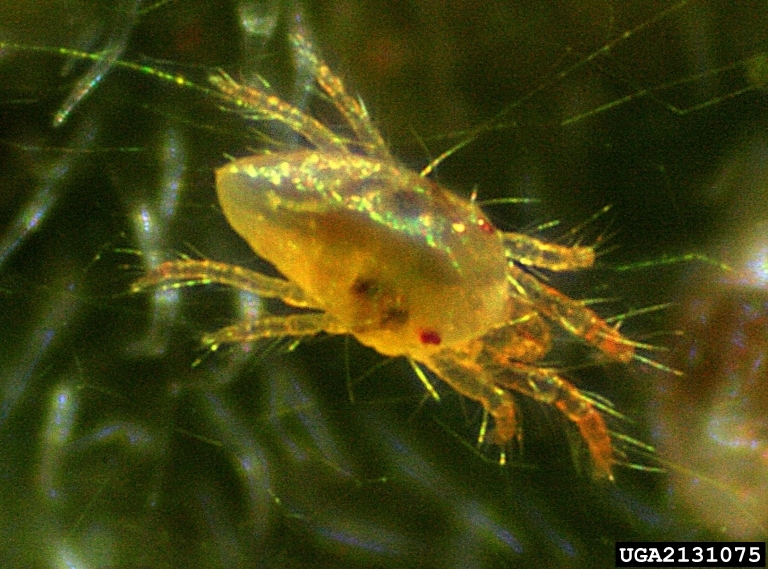Artichoke
Description
Artichoke, scientifically known as Cynara scolymus, is a herbaceous perennial thistle cultivated for its edible fleshy flower head, commonly referred to as the "heart," which is considered a delicacy. The plant has arched, irregularly lobed leaves that are silvery green, reaching a length of 50–82 cm (19.7–32.3 in) and bearing a few spines. The buds grow up to 3-4 inches in diameter, have a rounded base, and taper to a tip or block shape. These buds are harvested at an immature stage before they open and reveal the flower.
The flower head itself measures 4–8 cm (1.6–3.1 in) in diameter and consists of numerous triangular scales and purple-colored individual florets. Artichokes take about 150 to 180 days to mature after sowing and can reach heights of 1.4–2 m (4.6–6.6 ft). Originating from Southern Europe and the Mediterranean.
Italy stands as the largest global producer of artichokes.
Crop Details
Scientific Name: Cynara scolymus
Common Names: leaf artichoke, artichoke (En); artisjok( Dutch); artichaut (Fr); carciofo (Italian); alcachofra (Portuguese); alacachofa (Sp); al-kharsuf (Arabic)
Uses & Benefits
Artichokes are primarily cultivated for consumption and can be enjoyed either raw in salads or cooked. They offer nutritional value, providing a significant source of folic acid, magnesium, iron, and potassium. Additionally, each artichoke contains less than 40 calories, about two grams of protein, and nine grams of carbohydrates.
Apart from consumption, artichokes can be canned, pickled, or processed to produce tea, liqueur, or extract secondary metabolites such as cynarin and chlorogenic acid for use in alcoholic beverage preparation. Due to their high antioxidant content, artichokes are considered a health food and have potential benefits in lowering cholesterol and regulating blood sugar levels.
Varieties of Artichoke
There are several varieties of artichoke, some of which produce big buds with plenty of flesh, while others are more decorative. These are some of the varieties grown.
Green Globe Artichoke: The most common type with wide, deep green buds and a light purple tinge. Excellent for use in salads.
Imperial Star Artichoke: Produces 4-5 inches wide buds with a similar flavor to the green globe variety, albeit slightly sweeter.
Violetta Artichoke: Known for its thick purple leaves, this variety offers 5 inches long and 3 inches wide artichokes. It has a nutty, buttery flavor and is commonly used in salads.
Big Heart Artichoke: This variety features a large, fleshy base weighing around a pound, and it grows without thorns. The buds are dense and measure 3-5 and a 1/2 inches wide.
Baby Anzio Artichoke: The smallest variety, measuring just 2 inches in diameter. It is harvested early, resulting in a tasty bud with a sweet and nutty, caramel-like flavor.
Propagation
Basic Requirements
Artichokes are cool-season crops and thrive in deep, fertile, and well-drained loam or loamy clay soils with a pH between 6.0 and 8.0. They require high environmental humidity levels and ample sunlight. It is essential to avoid planting artichokes in extreme heavy clay or light sandy soils. In cases where drainage is an issue, raised bed culture is recommended, as it leads to warmer soil temperatures in spring and faster establishment.
The optimal daytime temperature for artichokes is 20–22°C (68–71.6°F), with an ideal nighttime temperature of 12–14°C (53.6–57.2°F). While these plants can tolerate both cold and high temperatures, extreme conditions can reduce the tenderness of the flower heads. Frost, in particular, can cause blistering in the flower heads and may even kill the buds.
Artichokes can grow on slightly sloped fields, but such areas require frequent irrigation to ensure the development of high-quality flower heads. However, waterlogged soil should be avoided, as artichokes cannot tolerate excessive moisture.
Throughout the growing season, artichoke plants require frequent watering, which can be done either 1-3 times per week or once every 2-3 weeks. Adequate water supply during the flowering and bud formation stage is crucial for the formation of a satisfactory number of flower buds, resulting in higher yields.
Growing from Seed
Artichokes are usually propagated vegetatively from underground shoots known as "ovoli" or from the suckers, stumps, or dried shoots from the previous growing season. Alternatively, they can be grown as annual plants from seeds. For vegetative propagation, existing globe artichoke plants should be divided in Fall or Winter when the plant is dormant. Shoots should be selected from plants that produce well and should be removed when they reach a height of about 20 cm (8 in).
To remove the shoots, they should be cut from the mother plant at the root using a sharp knife and gently loosened from the soil and existing root ball. These separated shoots should then be planted in a freshly prepared bed. The roots should be set to a depth of 15 to 20 cm (6-8 in) and spaced 1.2 to 1.8 m (4-6 ft) apart. Closer spacing may lead to fewer secondary buds. During the first year, flower heads should not be harvested to allow the new plants to establish.
For seed propagation, artichoke seeds should be started indoors about two months before the last frost date in the respective area. The seeds should be sown 2.5 cm (1 in) deep in a seed-starting mix within small 4-inch pots. Generous sowing is recommended, as germination success is around 70%, and not all emerging seedlings will produce high-quality plants. Once the seedlings have been hardened and all danger of frost has passed, they can be transplanted outdoors. Plants should be spaced 0.9 m (3 ft) apart in rows that are also spaced 0.9 m (3 ft). After the first year, any plants not producing well should be removed to achieve a final spacing of 1.2 to 1.8 m (4-6 ft) between plants.
General Care and Maintenance
During the growing season, globe artichokes benefit from the application of a balanced fertilizer once every month. It is crucial to keep the plants from drying out, so the soil should be kept consistently moist. Insufficient soil moisture and plant stress during bud formation can result in poorly formed, tough buds of lower quality that do not size well. On the other hand, over-irrigation and long-term soil saturation should be avoided, particularly for heavier soils.
To conserve soil moisture, applying a thick mulch is recommended. However, the mulch should be removed when the plants begin to bud, and a generous layer of compost should be used instead. After harvest, the plant stems should be cut back to ground level or slightly below the soil line. For winter protection, the plants' roots should be mulched with plenty of organic mulch, such as about 20cm/8 in of straw and/or leaves. Additionally, covering the plants with a cardboard or styrofoam box filled with straw and leaves can further protect them during winter.
Harvesting
Globe artichoke flower buds should be harvested before they start to open. Smaller, immature heads are more tender than older buds that are closer to opening. The buds color and appearance subtly change as they reach the harvest stage.
Using a sharp knife, the buds should be cut from the plant, leaving a 2.5 to 7.5 cm (1-3 in) section of stem with each bud. After harvesting all the buds from a plant, the plant should be cut down to the ground. Harvested buds should be inspected for insects, disease, and cosmetic damage.
Under proper cold storage conditions, artichokes can store well for three to four weeks. The ideal storage temperature ranges from 32º to 34ºF, with humidity levels between 90 percent and 95 percent.
References
Common Pests and Diseases
Diseases
Category : Viral
Artichoke curly dwarf virus Artichoke curly dwarf virus (ACDV)
Symptoms
Cause
Comments
Management
Use only certified planting material; remove and destroy infected plants to limit spreadCategory : Bacterial
Bacterial crown rot Erwinia chrysanthemi
Symptoms
Cause
Comments
Management
Do not use infected crowns as planting material; start plants from seed or disease free transplants.Category : Fungal
Botrytis rot or gray mold Botrytis cinerea
Symptoms
Cause
Comments
Management
Plant in light, well-draining, fertile soils; avoid overcrowding plants and planting seeds too deeply; do not wet foliage when watering, water plants at base; remove crop debris from soil after harvest.Category :
Fusarium Wilt Fusarium oxysporum f. sp. cynarae
Symptoms
Wilting, yellowing, and stunted growth.
Cause
Fungus
Comments
Management
Practise crop rotation, planting disease-resistant varieties, and ensuring proper soil drainage.













